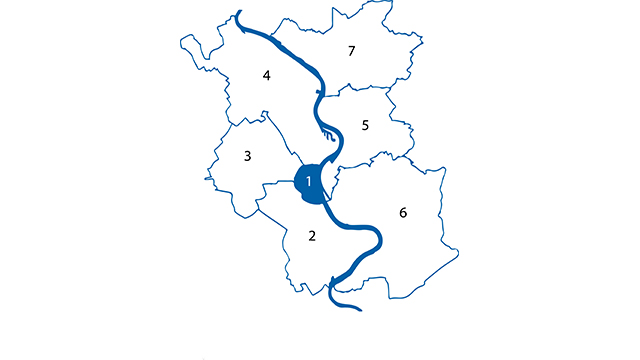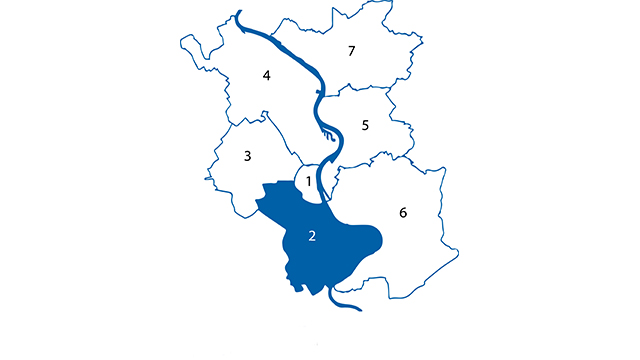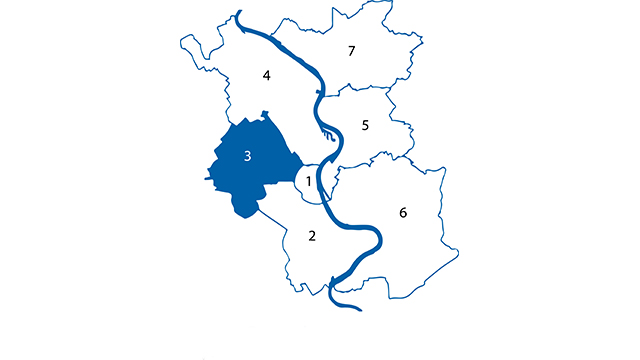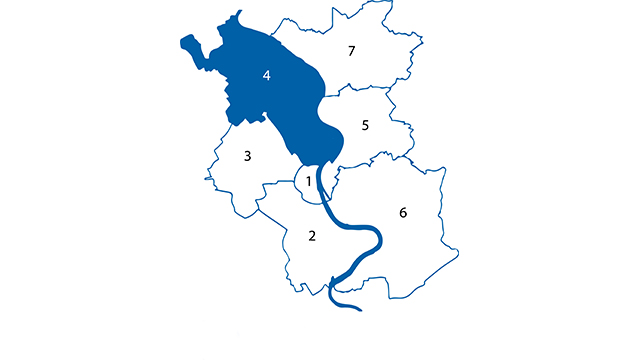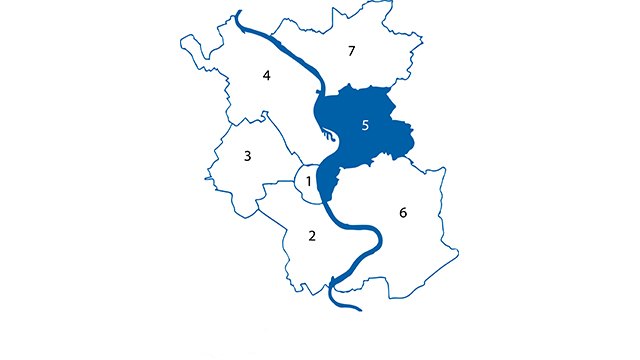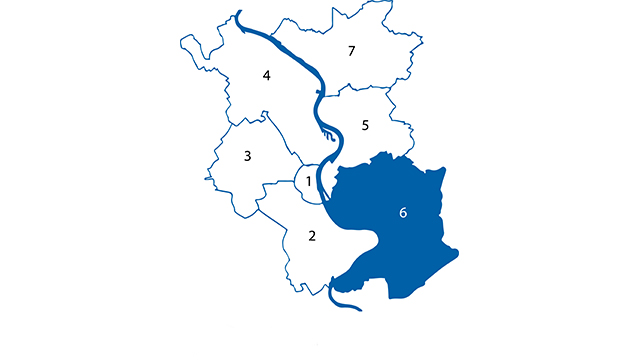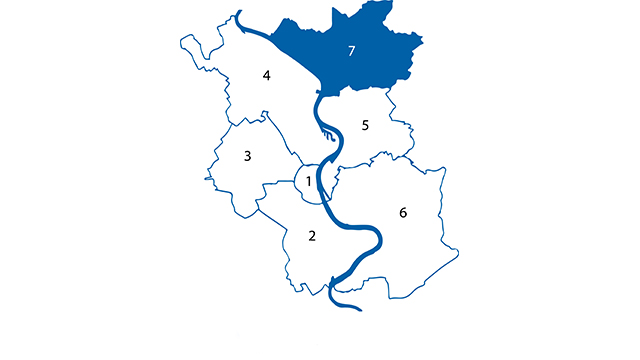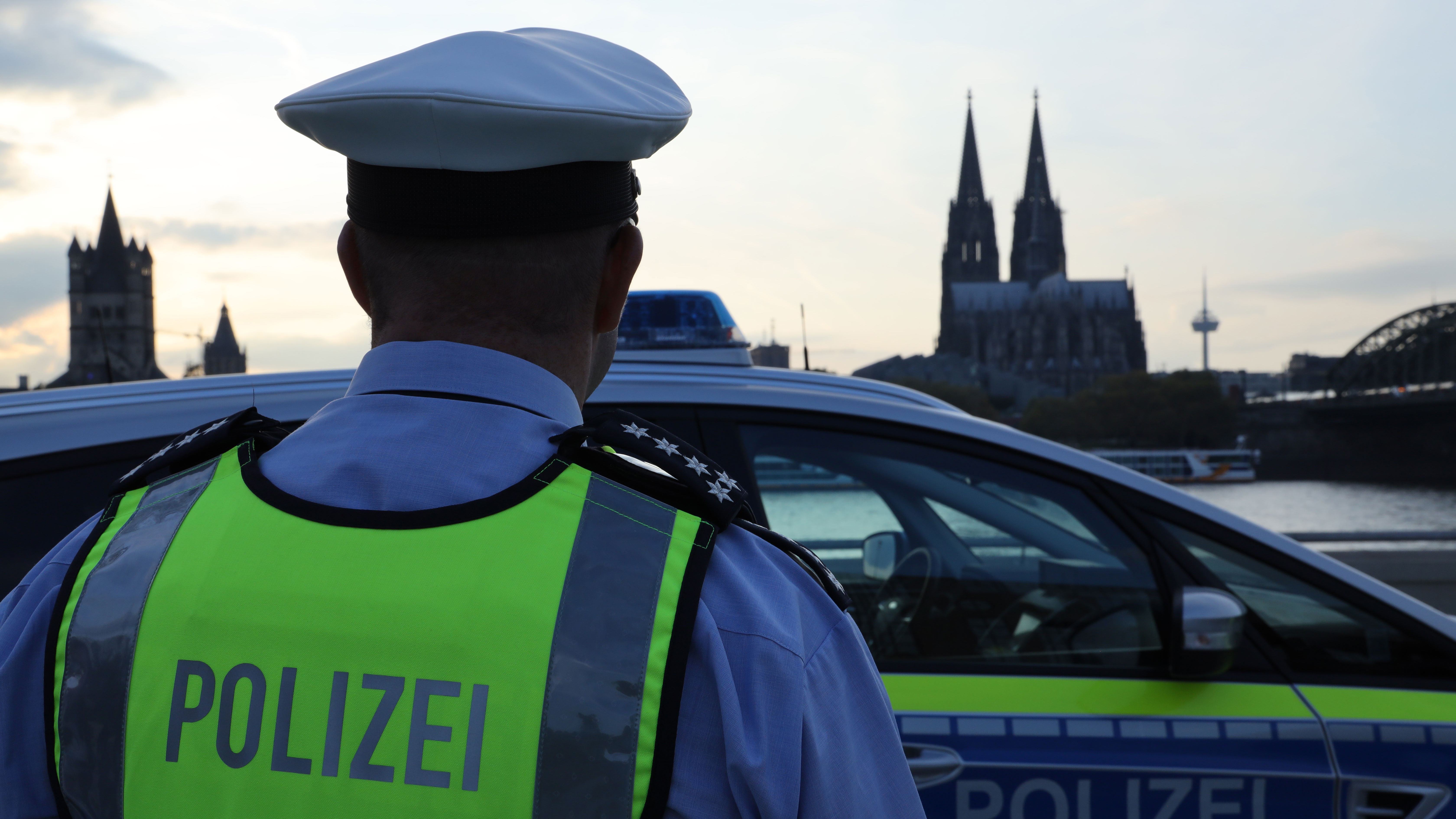On April 14, the Cologne police published the data on deployment trends for Cologne and Leverkusen in 2021. According to the data, the more than 1,600 police officers on duty in the 86 districts and neighborhoods of Cologne and the 13 districts of Leverkusen responded to more than 276,000 calls for service. In 2020, there were around 270,000 deployments.
Head of Directorate Martin Lotz comments on the development of the deployment figures: "Since June 2021, the easing of restrictions in dealing with the coronavirus pandemic has also made itself felt in the security service. All of a sudden, we were called upon to do a lot more again - especially for operations at hotspots in Police Station 1, such as the Zülpicher Viertel, Aachener Weiher, the Ringen and the Belgian quarter. This led to a slight increase in the number of operations even in the city center, where the residential population is comparatively low and restaurants and stores are only open to a limited extent. Only in Leverkusen did the figures fall."
The overall deployment figures for 2021 are nevertheless below the pre-coronavirus level (2019). However, a valid comparison of these two years is also not possible in 2021 due to the lockdown and event restrictions that continue until the middle of the year. "A year without Cologne Lights and without Carnival, without full stadiums in Cologne and Leverkusen and with pubs, restaurants and nightclubs only partially open makes a comparison impossible. However, it comes as no surprise that we ultimately registered an increase compared to 2020. Life was even more restricted then," says Lotz.
When looking at the reasons for deployment, there were no significant changes in 2021 compared to the previous year. Moreover, the patrol crews were even quicker between being dispatched and arriving at the scene, regardless of whether an "offender on the scene" or a "traffic accident with injured persons" had been reported.
Director Lotz adds: "We are particularly quick when we can take and coordinate the right measures immediately following our own observations. Video surveillance helps us enormously to recognize dangers ourselves and to help people before someone picks up the phone and informs us. This means we are present at hotspots without always being on site. More than 3,600 deployments based on the control center's own observations and almost 2,500 backups for investigations speak for themselves.
